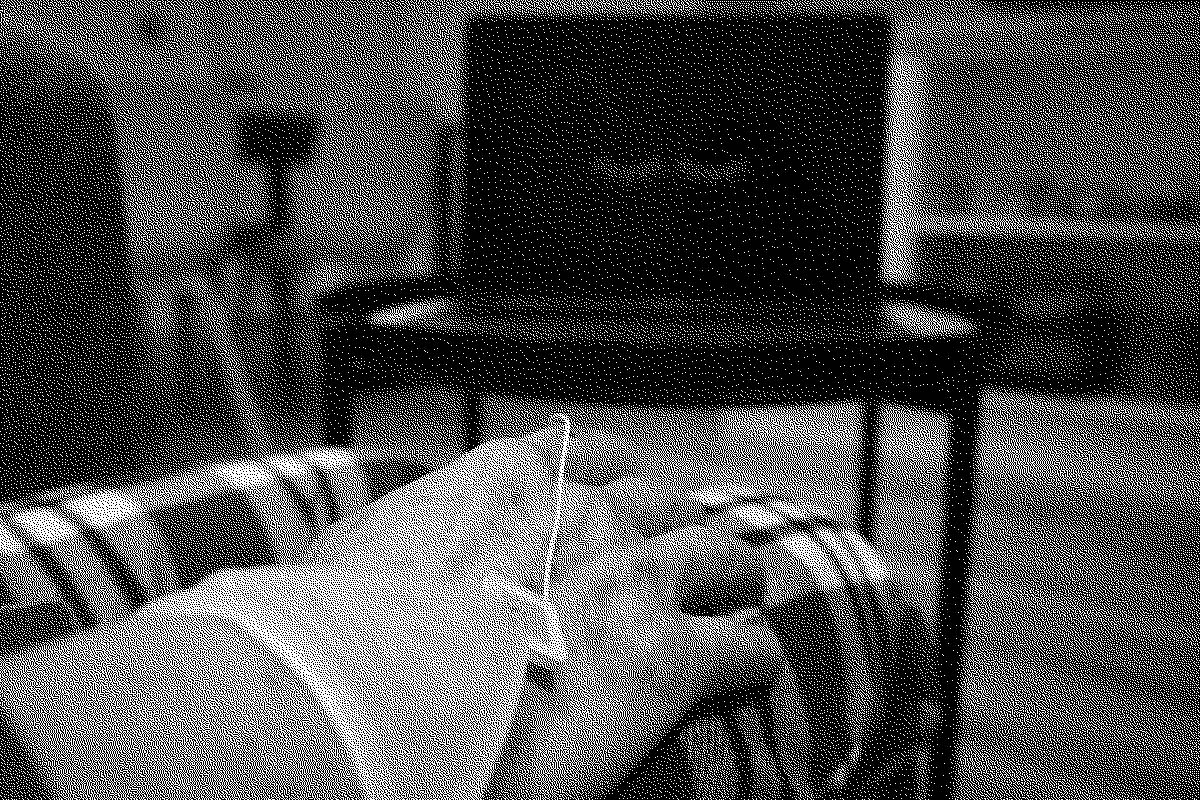
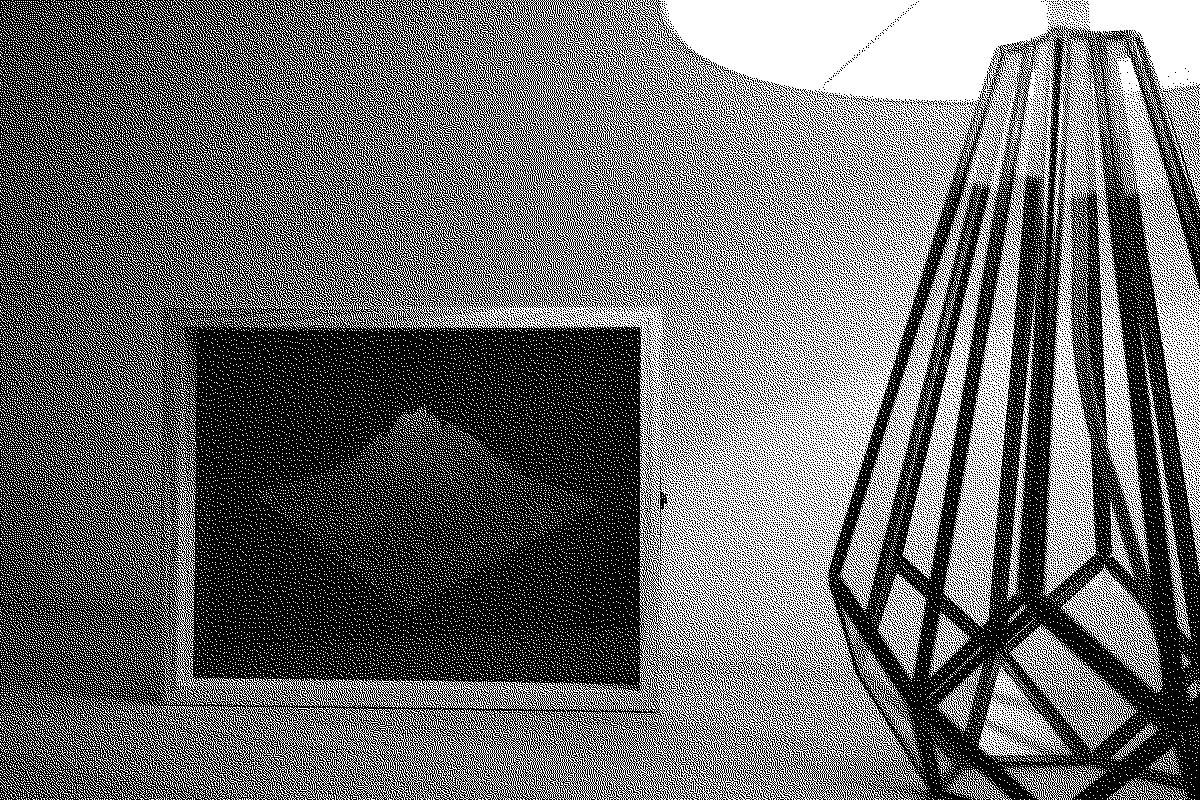

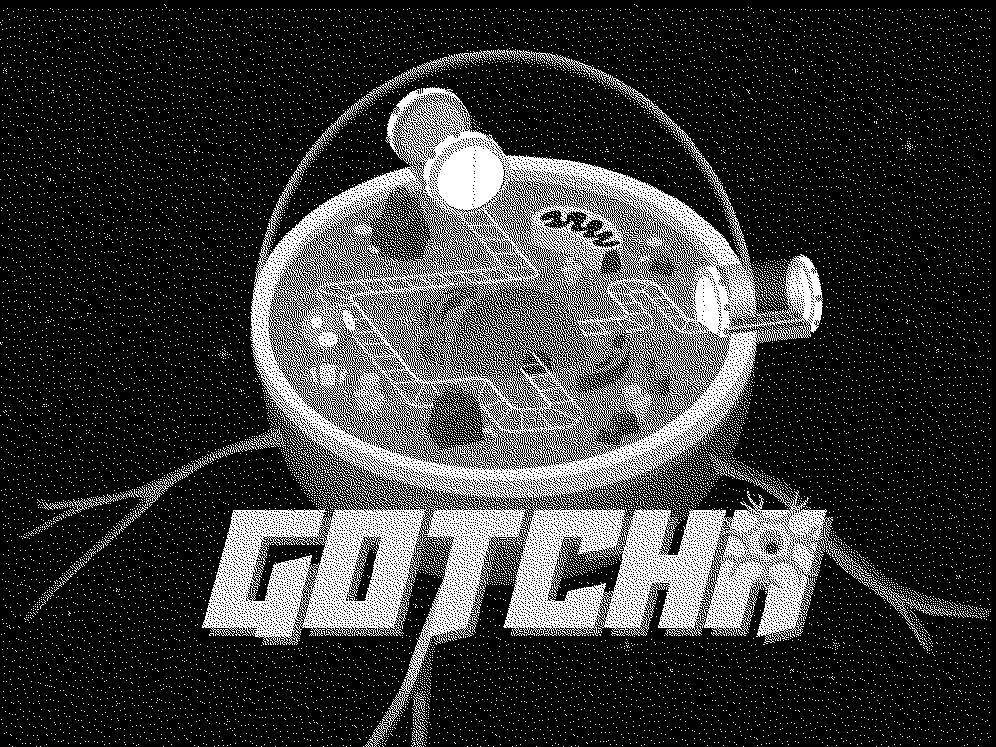
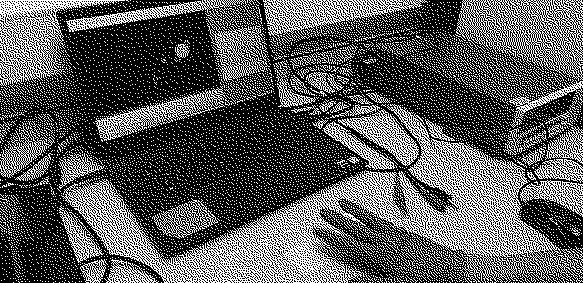
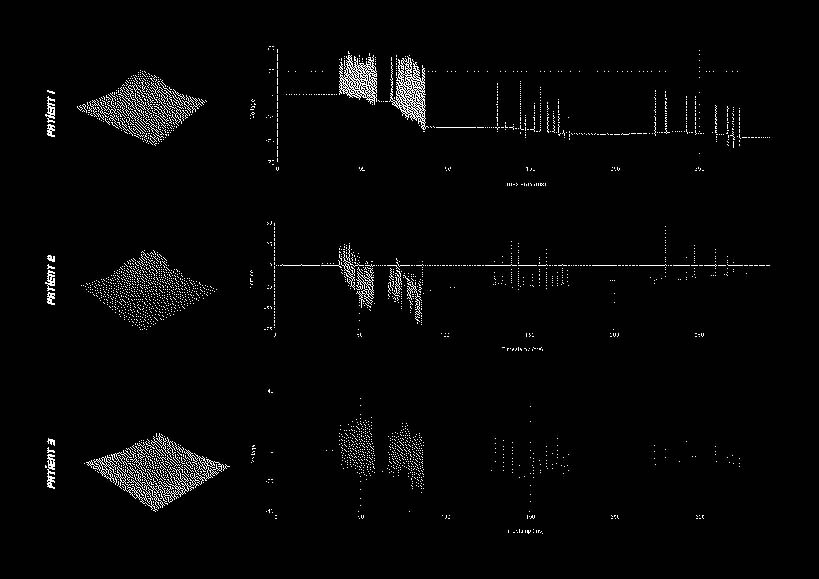
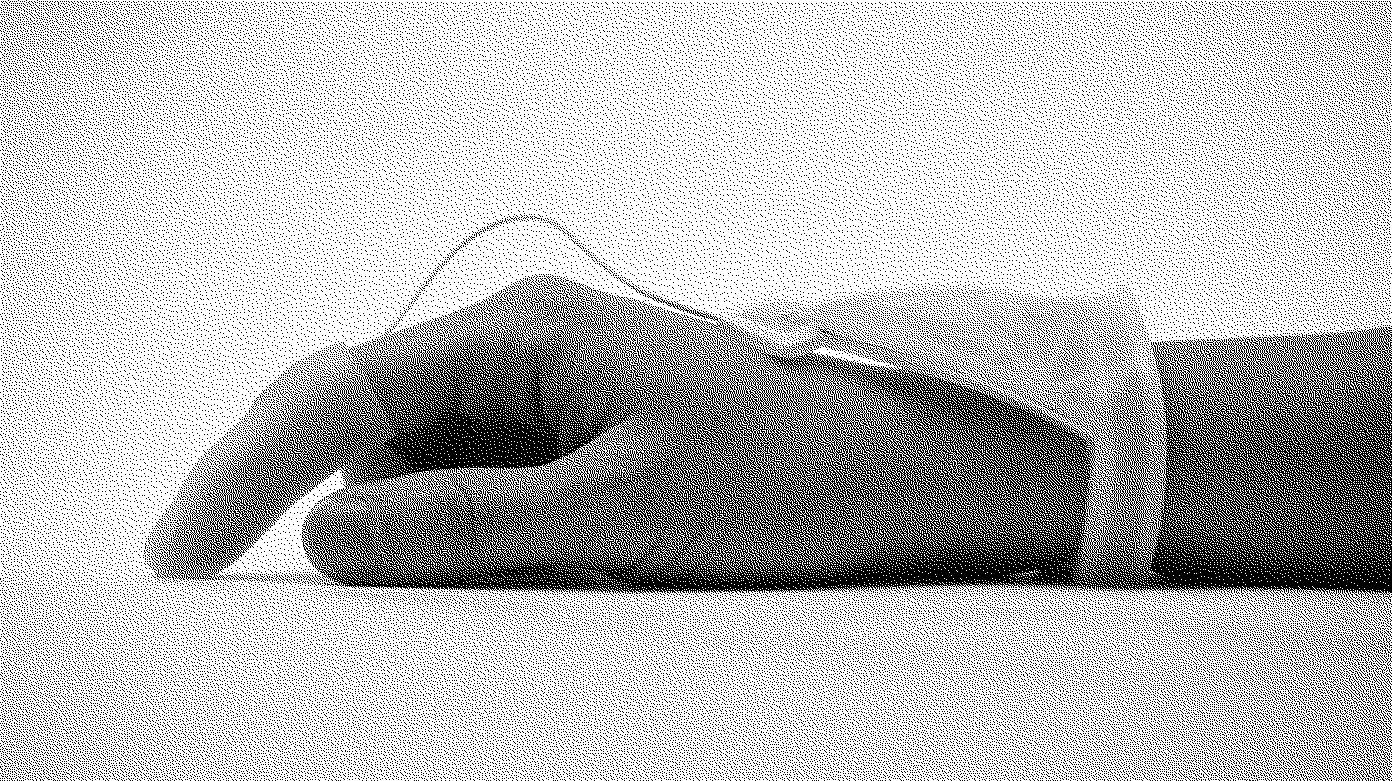
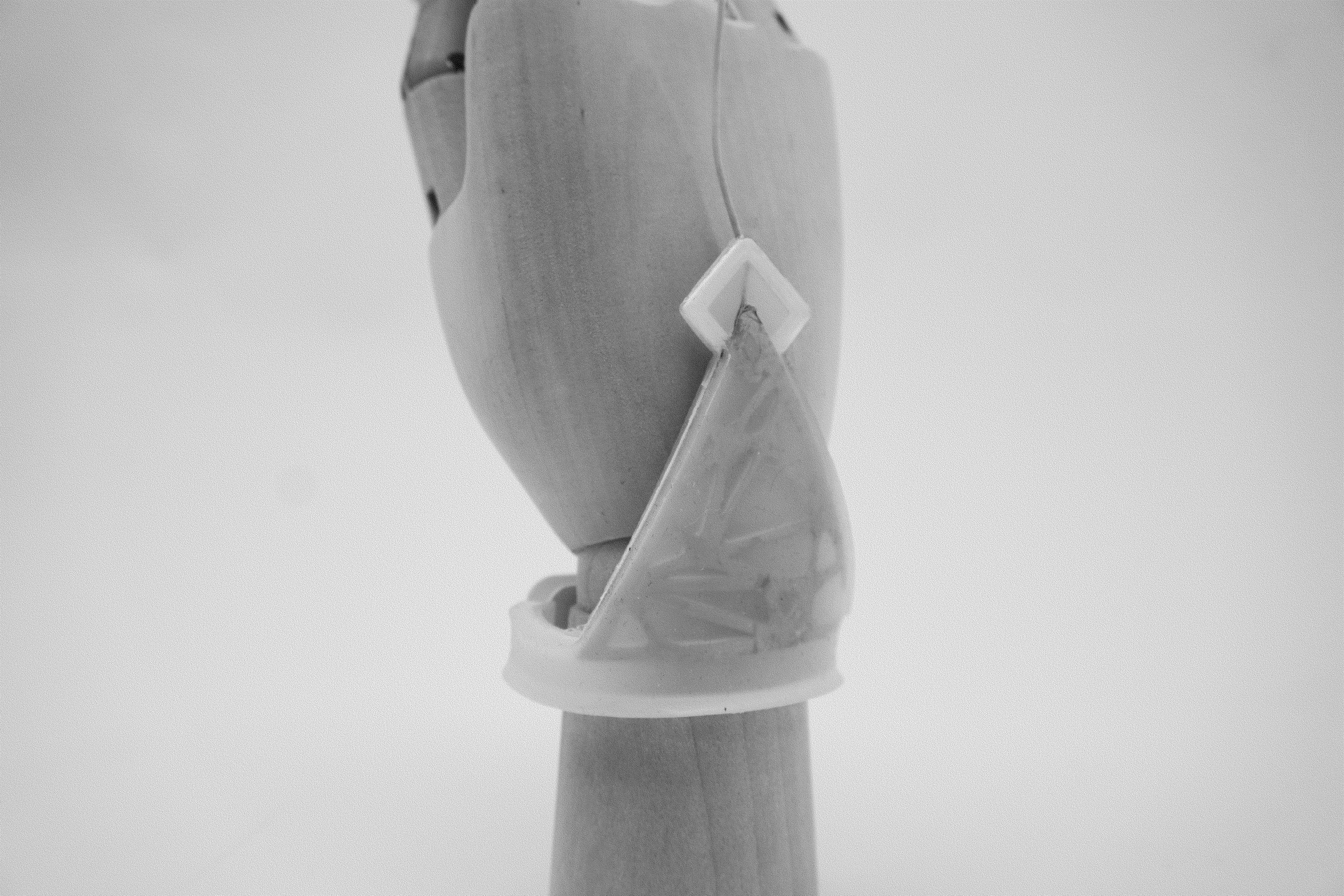
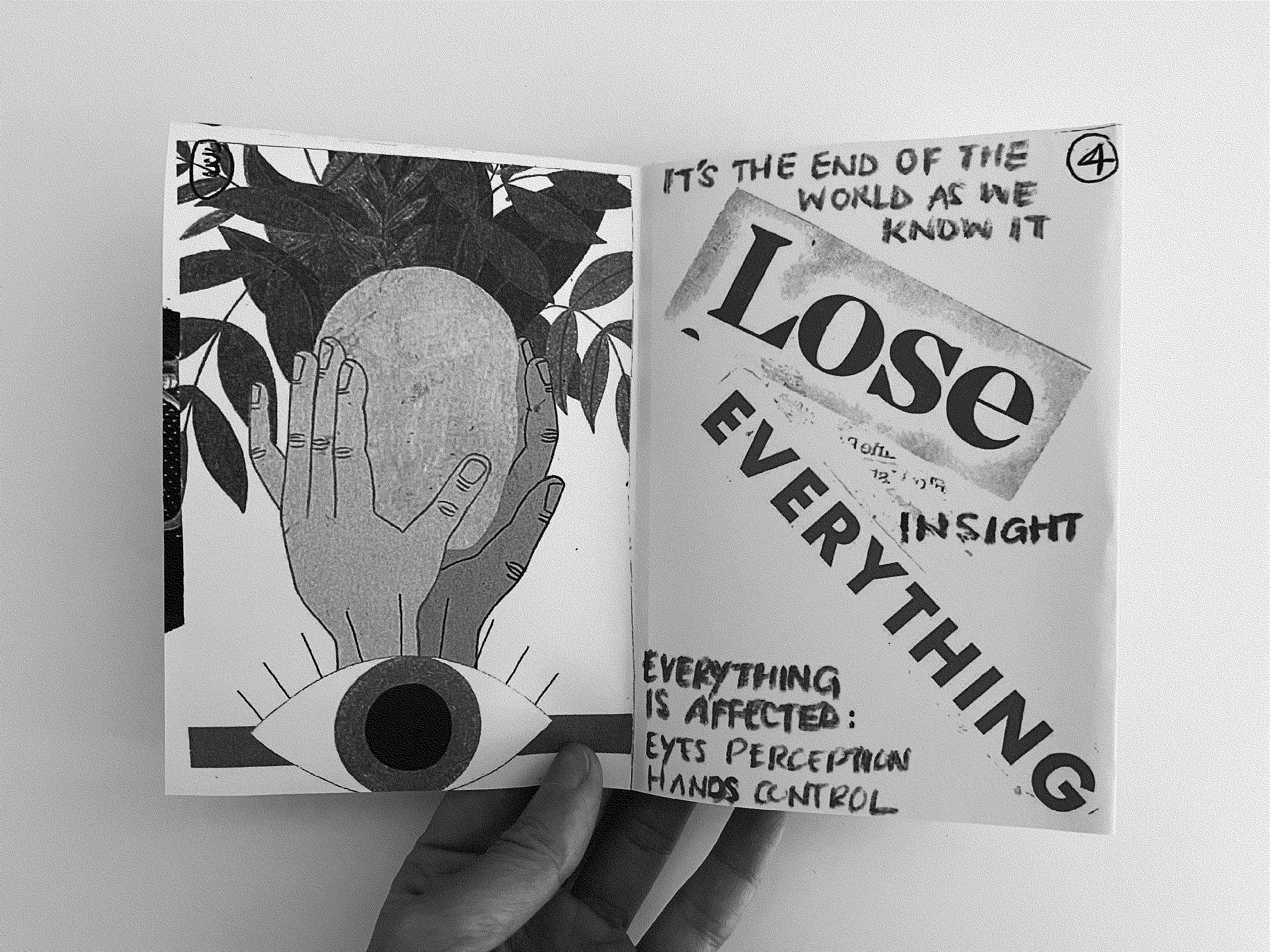
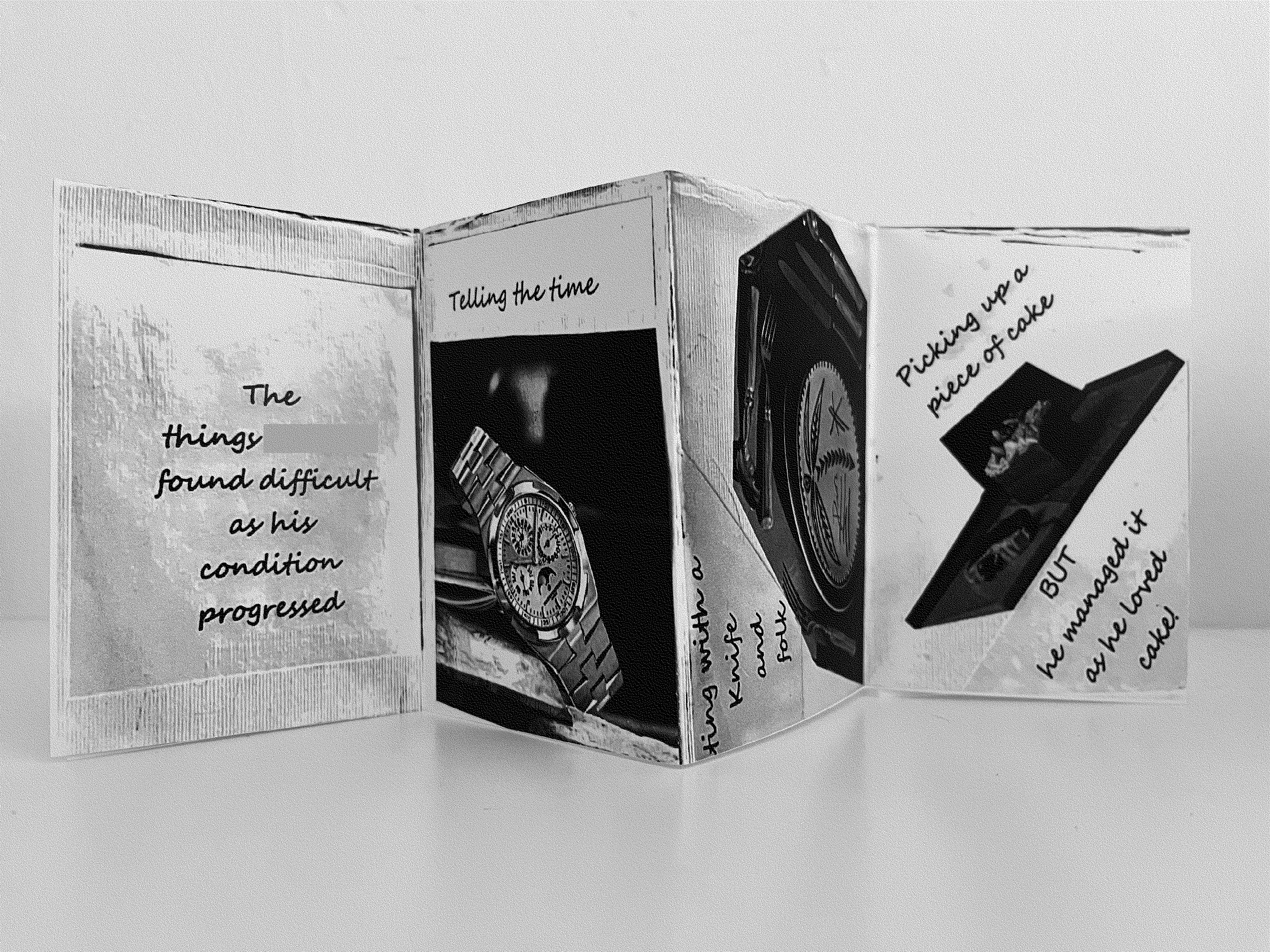
GOTCHA An interactive game for Parkinson’s
Scroll for more informationDescription
GOTCHA is an interactive game designed for Parkinson’s to monitor their hand tremors comfortably at home. It aims to empower patients to collect accurate data about their conditions and facilitate clinicians to spot progression in advance, so they can offer better-personalized treatments to individuals. The GOTCHA game comes with a wearable device that applied the TENG technology as a tremor sensor and visualises the corresponding data in the form of unique generative art pieces. By visualising Parkinson’s condition monitoring data in form of a unique textural landscape generated for each patient, we wish to explore a broader view of the perception and understanding of the usefulness of self-monitoring among patients and their families.
Contributors: postdoctoral research fellow at WEISS & UCL Biswajoy Bagchi, PhD student Carmen Salvadores Fernandez and anonymous contributions from Parkinson’s patients and their carers. The project was managed by Simon Watt.
Maria is a maker and educator with a background in Molecular Biology. Maria received her BSc in Applied Biology from the City University of Hong Kong in 2016. Maria is passionate about experimenting with ways to empower the community with creative confidence to maximize a positive social and environmental impact. She joined an impact-focused makerspace, MakerBay Foundation, as an educator to empower young people to do innovations that bring positive social and environmental impact. Maria is currently pursuing her Master’s in Biodesign at Central Saint Martins UAL.
Instagram @mariali_biotinker
Process
GOTCHA was devised as a collaboration between designer Maria Li and WEISS Centre medical researcher Dr. Biswajoy Bagchi from UCL. The main aim of the project is to explore a new intervention to enable patients to monitor their Parkinson’s progress comfortably in a domestic setting and increases their capacity for self-management in a fun and engaging way.
An online workshop was designed called ‘The Future Thing for Parkinson’s’ where patients and carers joined medical researchers to create their own zines to share experiences, reflect upon challenges and point to future directions in designing with people living with Parkinson’s through a scenario-building board game. The findings of the study were used to inform the design of a self-monitoring intervention using Triboelectric Nanogenerator (TENG) technology.
Instead of taking the traditional cold and odd appearance of medical devices, the tremor sensor prototype is designed as a jewelry-style wearable, so it becomes part of the users’ outfits. The sandwiched structure of ecoflex and electrode makes flexible sensors that can fit with different body parts i.e. wrist, and fingers. The copper electrode sheet resembles a neural pattern taking a clue from the neuro-degenerative aspect of Parkinson’s.
To see more of Maria Li’s work visit:
www.marialilokyee.comDark Mode
This will switch the site between ‘mostly white’ to ‘mostly black’. Turning this on reduces energy consumption.
Simplified Layout
This switch will disable non-essential code and remove javascript animations, helping to reduce C02 consumption during your visit.
Bitmap images
All images will appear as low res bitmaps by default to help reduce energy consumption during your visit. Switch this off to view images in hi-res.